
2020
-

Compression Cradle
Lucy McRae
Compression Cradle envisages a future world where mechanical touch is an antidote for today’s ‘forever connectedness.’
-

Code of Conscience
Code of Conscience
The Code of Conscience is open source software that restricts the use of heavy-duty vehicles in protected land areas.
-

CMD: Experiment in Bio Algorithmic Politics
Michael Sedbon
In this installation, two artificial ecosystems are sharing a light source. The photosynthetic cells and the computer are experimenting with different political systems granting access to this resource, allowing the system to oscillate between collaboration and competition.
-
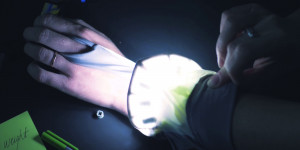
BETAlight
Barbro Scholz
BETAlight is a flexible light source that can be worn on the body and allows the user to adjust its shape, orientation, brightness, and light temperature according to his or her needs.
-
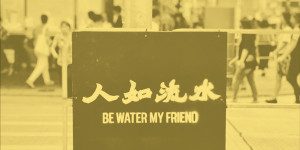
Be Water by Hong Kongers
Hong Kong protesters
Since the summer of 2019, a tremendous political movement has been happening in Hong Kong. Digital technology plays a key role in the whole movement.
-
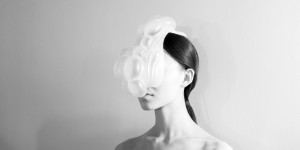
TransVision
Jiabao Li
Through three perceptual machines, TransVision questions the habitual ways in which we interpret and understand the visual world intervened by digital media, and how technology mediates the way we perceive reality.
-

The Wrong
David Quiles Guilló
The Wrong was born in 2013 as a collaborative effort to create and promote digital art & culture, launching a global art biennale open to participation, happening both online & offline.
-
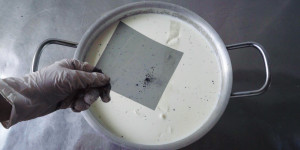
Spoiled Spores
Avril Corroon
Responding to the housing crisis in Ireland and London, Spoiled Spores is an installation of up to 25 toxic cheeses made with a culture of toxic black mold sampled from rental accommodation in Dublin and London.
-
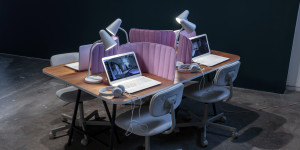
SOMEONE
Lauren Lee McCarthy
SOMEONE is a meditation on the smart home, the tensions between intimacy vs privacy, convenience vs agency, and the role of human labor in the future of automation.
-

Sociality
Paolo Cirio
In Sociality, Cirio collected and rated Internet inventions submitted to the U.S. patent office. Subsequently, he invited the public to share, flag, and ban the technologies designed to monitor and manipulate social behaviors.
-
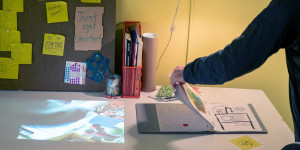
Prosthetic Memory
M Eifler
Prosthetic Memory is an ongoing experiment in self-augmentation combining handmade journals, daily videos, and a custom AI.
-
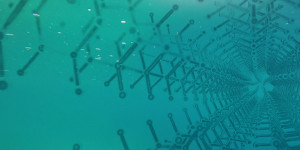
aqua_forensic
Robertina Šebjanič, Gjino Šutić
aqua_forensic illuminates the invisible anthropogenic pharmaceutical pollutants—residues of human consumption. The project combines art/science/citizen science in a “hunt for a monster” and opens the discussion about our solidarity and empathy with waters beyond human perception.

